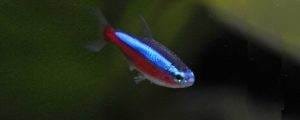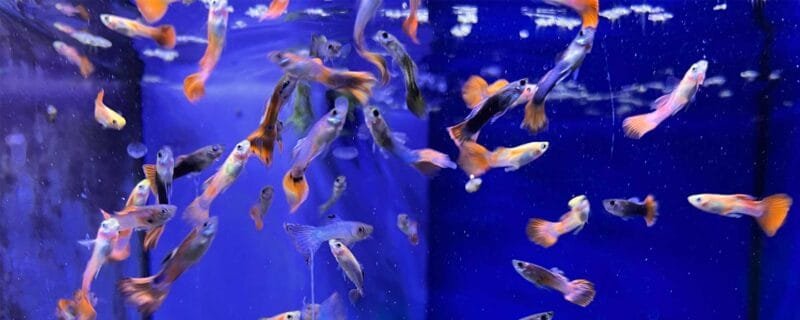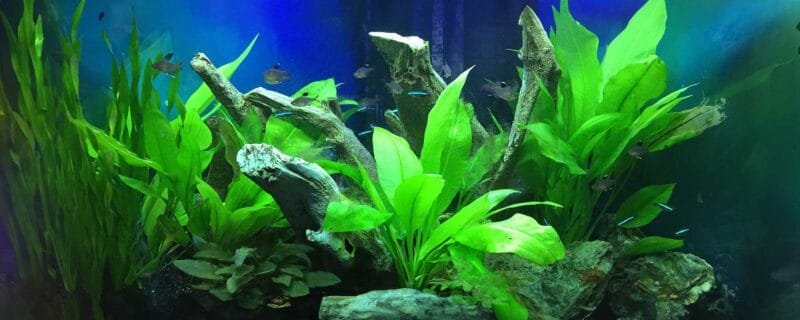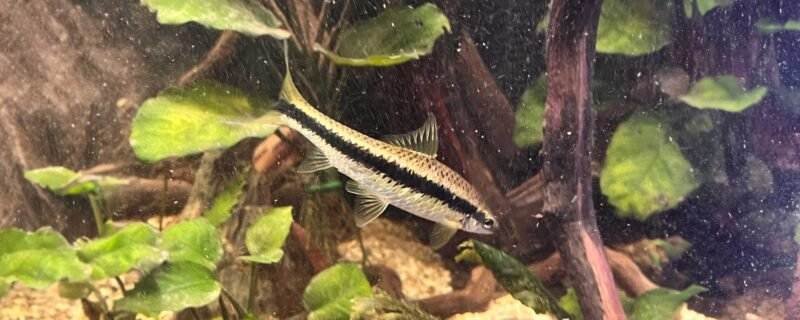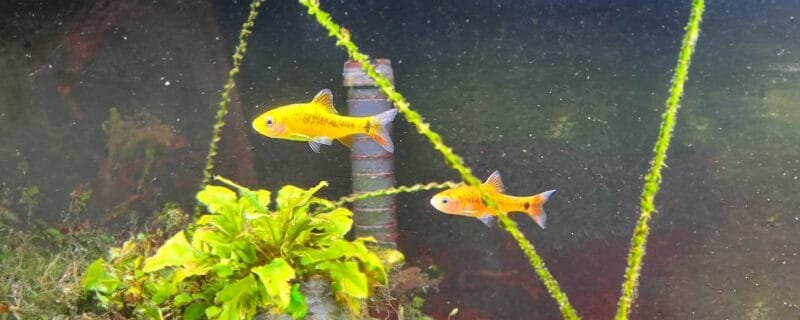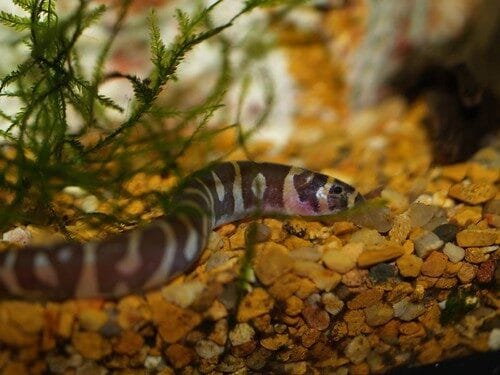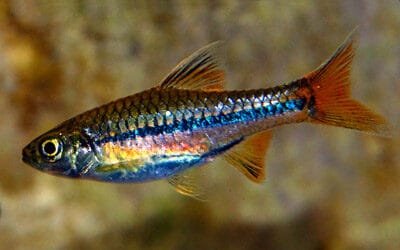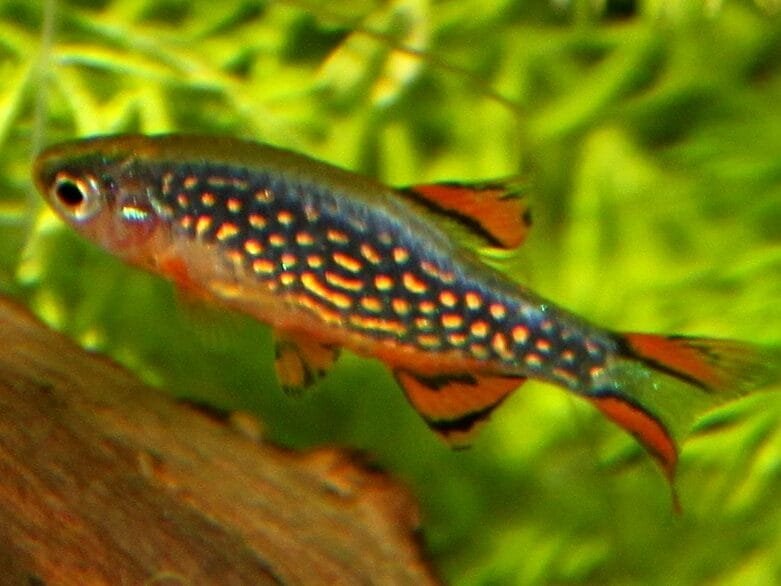The Harlequin Rasbora, known scientifically as Trigonostigma heteromorpha, is a stunningly graceful freshwater fish beloved by aquarists worldwide. With its shimmering copper-orange body and distinct black triangular patch, this schooling species brings vivid motion and peaceful harmony to any well-planted aquarium. Native to the warm, soft waters of Southeast Asia, the Harlequin Rasbora is easy to care for, making it a favorite among beginners and seasoned fishkeepers alike.
Let’s dive into what makes this fish a prized member of the aquarium world—from its habitat and care needs to breeding and albino variations.
Common Name and Latin Name
Common Name: Harlequin Rasbora
Scientific Name: Trigonostigma heteromorpha
This species belongs to the family Cyprinidae and the genus Trigonostigma, a group known for their peaceful nature and shimmering coloration. It is closely related to other small rasboras like Trigonostigma espei (Lambchop Rasbora) and Trigonostigma hengeli (Glowlight Rasbora).
Native Habitat
The Harlequin Rasbora is native to the peat swamps and slow-moving forest streams of Malaysia, Singapore, southern Thailand, and Sumatra. These waters are soft, acidic, and rich in tannins, often darkened by decaying plant matter. The natural environment is densely planted and shaded, which the Harlequin Rasbora prefers even in captivity.
Size and Lifespan
Harlequin Rasboras are small fish, reaching an adult size of about 1.75 inches (4.5 cm) in length. With proper care, they can live up to 5–6 years, though some individuals may exceed this with optimal conditions and a high-quality diet.
Diet
These fish are omnivorous and quite undemanding when it comes to food. In the wild, they feed on small invertebrates, zooplankton, and plant matter. In captivity, they thrive on:
High-quality micro pellets
Crushed flakes
Frozen or live foods like daphnia, brine shrimp, and bloodworms
A varied diet will enhance their coloration and overall health.
Sexing
Sexing Harlequin Rasboras can be subtle but manageable with a trained eye:
Males tend to be slimmer with more intense coloration and sharply defined black triangles.
Females are usually rounder, especially when gravid, and the black marking may be more rounded at the back.
Breeding
Breeding Harlequin Rasboras is achievable but requires attention to detail. Here’s how to do it:
Breeding Setup:
A separate breeding tank with soft, acidic water (pH around 5.5–6.5) and temperature between 78–82°F (25–28°C)
Use fine-leaved plants like Java moss or Microsorum for egg scattering
Dim lighting or tannin-rich water replicates natural conditions
Breeding Behavior:
A bonded pair will display courtship dances under the leaves
The female turns upside down to deposit sticky eggs underneath the leaf, which the male fertilizes
Post-Spawning:
Adults should be removed immediately to prevent them from eating the eggs
Eggs hatch in about 24–36 hours, with fry becoming free-swimming after 3–5 days
Feed fry infusoria or liquid fry food initially, transitioning to micro-worms and baby brine shrimp
Water Conditions
To keep Harlequin Rasboras thriving, aim for the following water parameters:
Temperature: 72–82°F (22–28°C)
pH: 6.0–7.5 (preferably slightly acidic)
Hardness: 2–12 dGH
Tank Size: Minimum 10 gallons for a small school (but ideally 20+ gallons)
These fish are schooling and should be kept in groups of at least 6, though larger groups of 10+ are ideal for natural behavior and reduced stress.
Ease of Care
Harlequin Rasboras are beginner-friendly, hardy, and adaptable—making them a top choice for those starting out in fishkeeping. Their non-aggressive nature and ability to thrive in planted tanks with stable parameters contribute to their reputation as easy-care fish.
Compatibility and Community Tank Behavior
Harlequin Rasboras are the epitome of peaceful community fish. They get along well with:
Tetras (e.g., Neon, Ember, Rummy Nose)
Dwarf Gouramis
Small barbs (like Cherry Barbs)
Otocinclus and small peaceful loaches
Shrimp (like Amano or Cherry Shrimp)
Avoid housing them with fin-nippers or large, aggressive species.
Species Variations
While Trigonostigma heteromorpha is the most well-known, related species include:
Trigonostigma espei (Lambchop Rasbora) – slightly smaller, with a narrower black wedge
Trigonostigma hengeli (Glowlight Rasbora) – more iridescent orange and smaller black markings
These are sometimes mislabeled or confused in stores, so careful identification is key.
Albino Harlequin Rasbora
Albino variants of the Harlequin Rasbora are relatively rare but striking. They display:
Pale peach-to-pinkish coloration
A less visible or absent black triangle
Red or pink eyes, typical of albino genetics
Care requirements are the same, though albino individuals may be slightly more sensitive to bright lighting and water quality. They do best when kept in peaceful, shaded tanks with a larger school for comfort.
FAQs About Harlequin Rasboras
How many Harlequin Rasboras should be kept together?
A minimum of 6 is required, but ideally 10 or more should be kept to encourage schooling and reduce stress.
Do Harlequin Rasboras need a planted tank?
While not essential, a planted tank with low to moderate lighting is highly recommended. Plants provide cover, security, and a natural feel that enhances their behavior and color.
Can Harlequin Rasboras live with bettas?
Yes, Harlequin Rasboras are excellent tankmates for bettas, as long as the betta has a calm temperament and the tank is large enough (20+ gallons).
The Harlequin Rasbora is a shining example of beauty, harmony, and adaptability in the aquarium world. With proper care, they will reward aquarists with years of active schooling, peaceful interactions, and vivid displays of color. Whether you’re just starting out or looking to add more life to your community tank, Trigonostigma heteromorpha is a wonderful choice.
Let them dance through your tank and bring the peaceful rhythm of Southeast Asian waters into your home.

